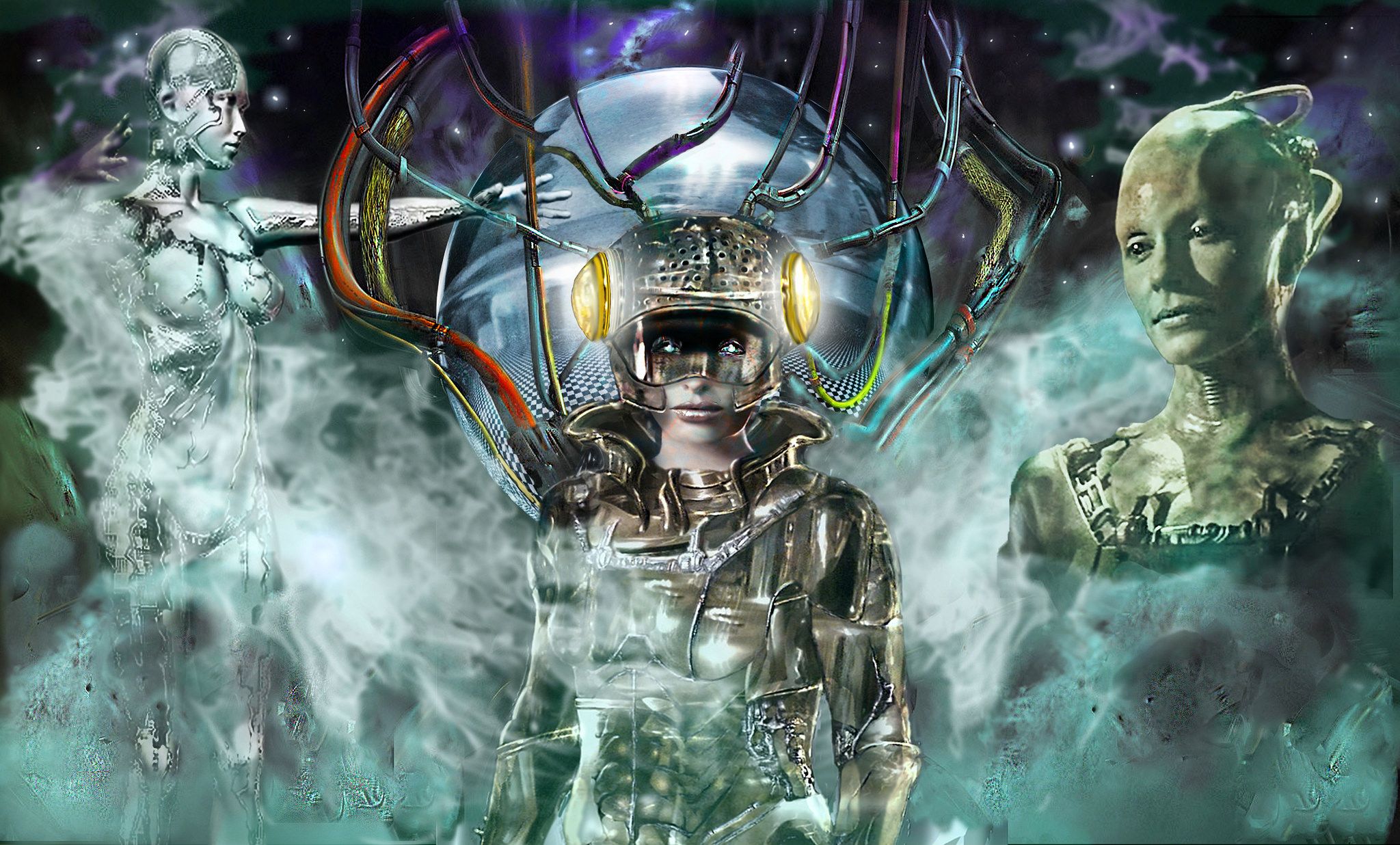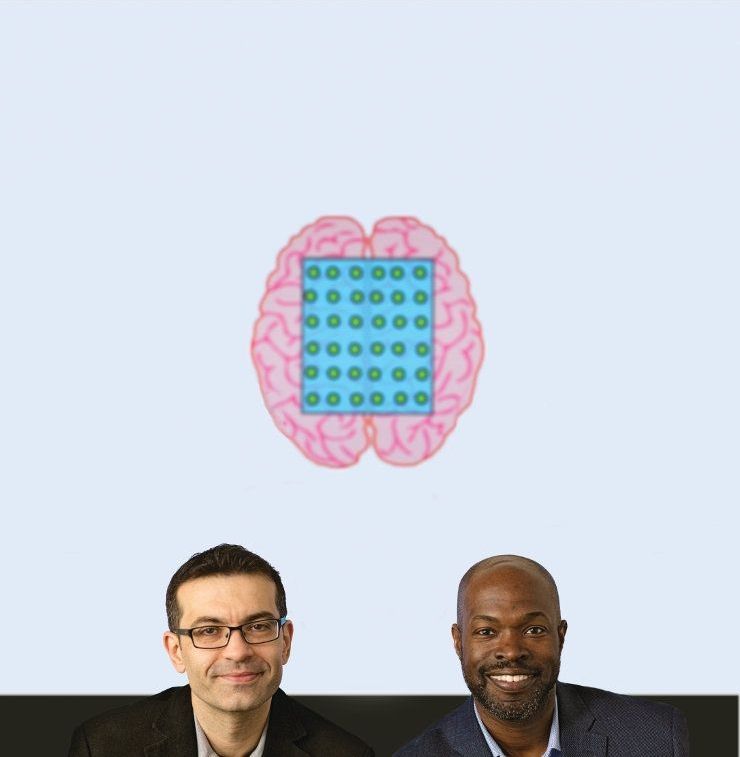Page 9539
Aug 3, 2018
Apple May Prove Powerful Enough to Get the U.S. Its First Hyperloop
Posted by Genevieve Klien in category: transportation
The city of Cupertino is hoping Apple will be willing to heavily subsidize the construction of a hyperloop to ease the city’s transportation woes.
Aug 3, 2018
San Diego Researchers Measure The Highest Ocean Surface Temperature In A Century
Posted by Genevieve Klien in category: futurism
At a pier in San Diego, researchers on Wednesday recorded the warmest sea surface temperature since record-keeping began there in 1916.
Every day, researchers from the Scripps Institution of Oceanography at the University of California San Diego collect data — by hand — from the Ellen Browning Scripps Memorial Pier.
Wednesday’s 78.6 degrees Fahrenheit at the pier surpassed a previous record of 78.4 degrees in 1931, researchers said in a statement on Thursday.
Aug 3, 2018
Why the world should adopt a basic income
Posted by Shailesh Prasad in categories: economics, employment, law, robotics/AI, security
A BASIC income (BI) is defined as a modest, regular payment to every legal resident in the community, paid unconditionally as a right, regardless of income, employment or relationship status.
Contrary to conventional wisdom, the case for BI does not rest on the assumption that robots and artificial intelligence will cause mass unemployment or that it would be a more efficient way of relieving poverty than present welfare systems (although it would). The main arguments are ethical and relate to social justice, individual freedom and the need for basic security.
Aug 3, 2018
Joris Column: Printcrime, augmenting humans, nanoconvergence and Segway polo
Posted by Klaus Baldauf in categories: 3D printing, biotech/medical, cyborgs, habitats, transhumanism

Often only a few years separate the tinfoil hats from the millionaires to be. I was writing the piece on the Youbionic arm and thinking of how we will use 3D printing to augment human beings. Clearly augmenting the human body with mechatronics would be a good idea. The flesh is weak but stepper motors are strong! Oh how we will eeck, ooow, brrrr whine in our old stepper augmented age. Machines could very well fill the gaps once our bodies start failing us. But, will old people homes really be filled with Borg grandmas?

Continue reading “Joris Column: Printcrime, augmenting humans, nanoconvergence and Segway polo” »
Aug 3, 2018
What if the US and Russia had a nuclear war?
Posted by Nicholi Avery in category: existential risks
Aug 3, 2018
Hallmarks of Aging: Cellular Senescence
Posted by Steve Hill in categories: biotech/medical, life extension
This is part of our ongoing series of articles that discuss the Hallmarks of Aging. Published in 2013, the paper divides aging into distinct categories (“hallmarks”) of damage to explain how the aging process works and how it causes age-related diseases. Today, we will be looking at the hallmark of cellular senescence.
What are senescent cells?
As you age, increasing numbers of your cells enter into a state known as senescence. Senescent cells do not divide or support the tissues of which they are part; instead, they emit a range of potentially harmful chemical signals that encourage nearby healthy cells to enter the same senescent state. Their presence causes many problems: they reduce tissue repair, increase chronic inflammation, and can even eventually raise the risk of cancer and other age-related diseases.
Aug 3, 2018
Pope Francis Declares Death Penalty ‘Inadmissible’ For Catholics
Posted by Michael Lance in category: law
Aug 3, 2018
NASA assigns commercial crews to fly on Boeing, SpaceX spacecraft
Posted by Klaus Baldauf in category: space travel
After years of vehicle development and building anticipation, NASA has now put the crew in commercial crew spacecraft. The space agency announced the nine men and women who will be the first to fly on new spacecraft operated by Boeing and SpaceX.
Aug 3, 2018
Building a better brain
Posted by Bill Kemp in categories: biotech/medical, engineering, neuroscience
Like a team in a science fiction movie, the six-lab squad funded by a 2017 MEDx Biomedical research grant is striking in its combination of diverse skills and duties.
The project is led by Kafui Dzirasa, MD’09, Ph.D.’07, HS’10-’16, associate professor of psychiatry and behavioral sciences and assistant professor in neurobiology and neurosurgery; and Nenad Bursac, Ph.D., professor of biomedical engineering and associate professor in medicine. Their team includes: Marc Caron, Ph.D., James B. Duke Professor of Cell Biology, professor in neurobiology and medicine; Fan Wang, Ph.D., professor of neurobiology; Christopher Kontos, MD, HS’93-’97, professor of medicine and associate professor of pharmacology and cancer biology—all at Duke University School of Medicine—and Jennie Leach, Ph.D., associate professor of chemical, biochemical, and environmental engineering at the University of Maryland Baltimore County, along with a cadre of committed graduate students, postdocs, and technicians.
Dzirasa’s background in engineering informs his approach to the study of neuropsychiatric illness and disease. In the summer of 2016, he and members of his lab were discussing the challenge of precisely monitoring brain activity.

















